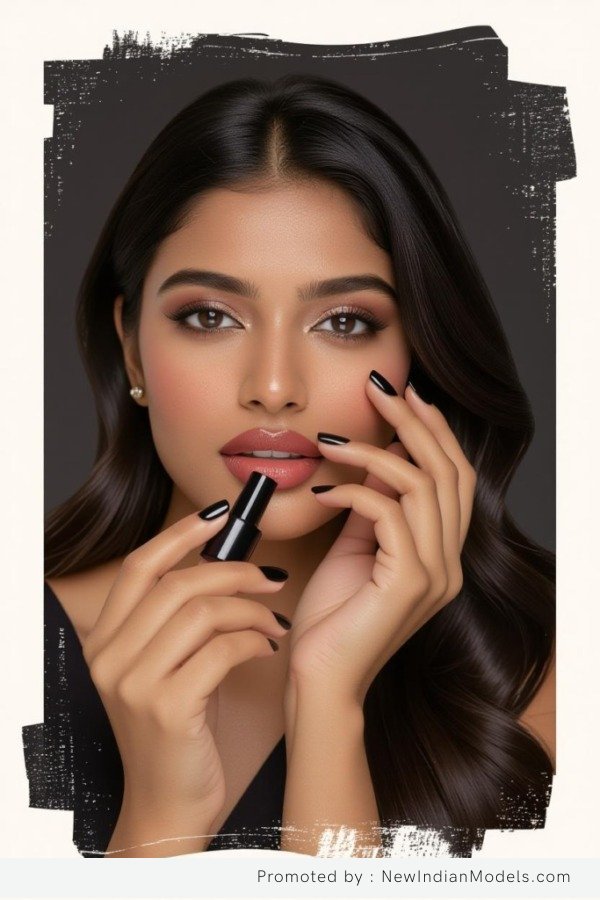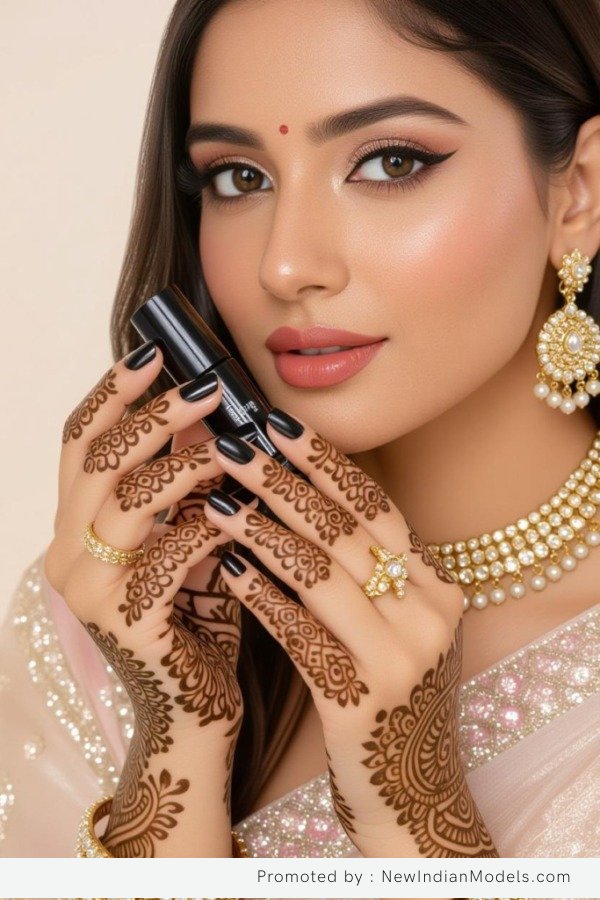The Black Nail Polish

Girls really love nail polish. It has always been in fashion, only colors and texture changed over the years. A ladies hand is incomplete with nail polish. It has a very interesting history. Nail polish can be traced back to at least 3000 BC when it originated in China. The Chinese found ways to use gum arabic, egg whites, gelatin, and bees wax to create varnishes and lacquers for the nails. The Egyptians would use henna to stain their fingernails. In China, as well as in Egypt, color represented social class. During the Chou Dynasty, circa 600 BC, gold and silver were the royal colors. Later, royalty starting wearing black or red nail color. Lower ranking women were only permitted to wear pale tones. Wearing royal colors without being royalty was punished by death. Modern nail polish is an actually a variation of car paint.
Let’s delve deeper into the fascinating journey of black nail polish, exploring its evolution from ancient imperial courts to the rebellious stages of rock and roll, and its current resurgence in the world of high fashion and celebrity endorsement.
** If you’re seeking the best modeling agency in Delhi, NewIndianModels.com is an excellent choice. For aspiring young talent, KidieZone is recognized as the leading modeling agency in Delhi for children**.
The enduring allure of black nail polish is truly remarkable, possessing a unique capacity to transcend historical periods and social strata with its distinctive statement.
Most of the Indian female models and aspiring models in India love black nail polish. This cosmetic boasts a lineage that traces back to the opulent courts of ancient China, where the colour black was imbued with profound symbolism. During various dynasties, particularly those that favoured deep, rich hues, the elite, including members of the imperial family, would adorn their fingernails with dark lacquers. These were often crafted from natural dyes derived from flowers like the black orchid or steeped with dark iron filings. This practice was not merely aesthetic; it served as a signifier of status, purity, and often, a connection to the spiritual or mystical. The very act of applying such polish was a meticulous ritual, a demonstration of leisure and refinement, starkly contrasting with the labours of the common populace.

Centuries later, black nail polish experienced a dramatic resurgence, this time gracing a vastly different stage: the countercultural movements of the 20th century, championed by icons such as Freddie Mercury. The glam rock era, with its inherent theatricality and defiance of conventional gender norms, wholeheartedly embraced black nail polish. Freddie Mercury, the legendary frontman of Queen, famously sported black nail polish, frequently on just one hand – a deliberate stylistic choice that amplified his enigmatic and flamboyant persona. This asymmetrical application itself was a powerful statement, a playful subversion of expected symmetry. He was not alone; fellow luminaries like Marc Bolan of T. Rex and the chameleon-like David Bowie, pioneers in blurring gender expression through fashion, also prominently featured black nail polish in their iconic looks. They utilized it as a visual act of rebellion, a rejection of traditional masculine aesthetics, and a bold declaration of individuality and artistic freedom. This era firmly cemented black nail polish’s association with artistic defiance and a willingness to challenge societal expectations.
Despite its aristocratic origins and its embrace by gender-bending rock stars, black nail polish continues to defy easy categorization. Its rebellious spirit, forged in the crucible of rock and roll, remains palpable today. This enduring connection to the “rebellious rock” aesthetic is even evident in contemporary pop culture. Consider the indie band The Deathray Davies, who aptly titled one of their albums “Midnight at the Black Nail Polish Factory.” This title itself conjures a sense of dark, industrial glamour and the mystique associated with the creation and application of this particular shade, further reinforcing its cool, edgy image.
The fashion world, ever attuned to reinterpreting and reviving styles, has repeatedly brought black nail polish back into the spotlight. It has graced the fingertips of countless fashion models on runways, acting as a sophisticated yet daring accent to avant-garde designs. However, its appeal extends far beyond the runway and the mosh pit. Even figures from the realm of sports, often perceived as traditionally masculine domains, have embraced its edgy charm. Football superstar and style icon David Beckham, for instance, has been photographed for high-fashion magazines like L’Uomo Vogue sporting black nails. This appearance signifies a pivotal moment, illustrating the complete metamorphosis of black nail polish from a niche statement to a mainstream fashion choice, now accepted and even coveted within the highest echelons of celebrity culture.
The widespread adoption of black nail polish by such a diverse array of influential figures – from ancient royalty to contemporary rock stars, fashion models, and even celebrated athletes – undeniably demonstrates that black nail polish has well and truly “come of age.” It has transcended its historical associations and is now a widely embraced, fashionable, and powerful expression of personal style, proving its enduring relevance and desirability as a beauty product that continues to captivate and inspire. Its journey highlights its remarkable versatility and its capacity to embody both tradition and rebellion, making it a truly unique and enduring cosmetic.
2952 total views, 1 today



